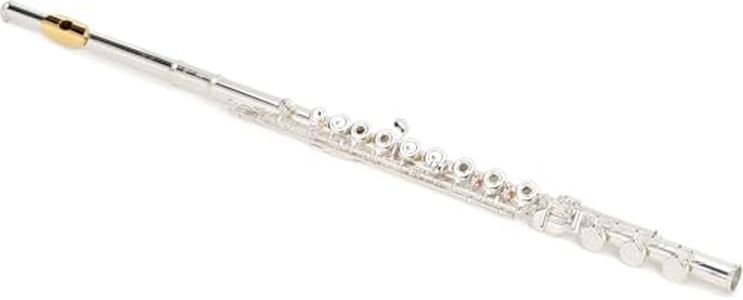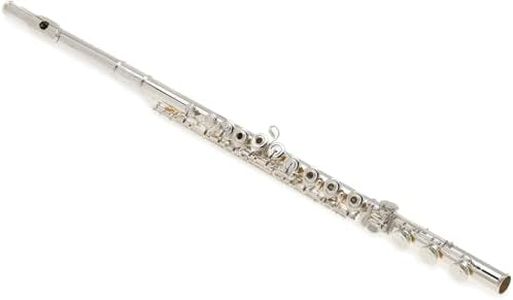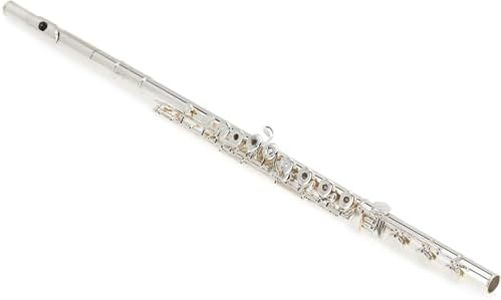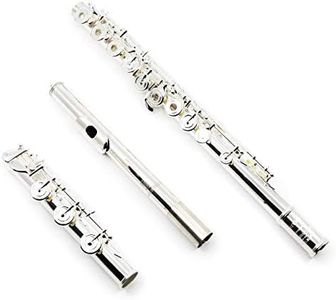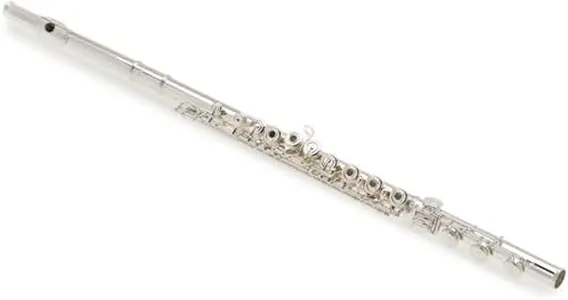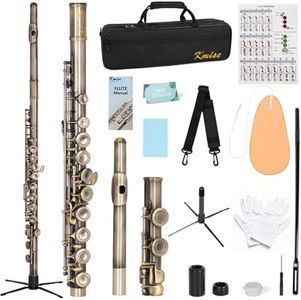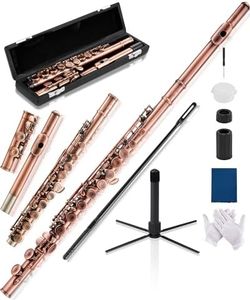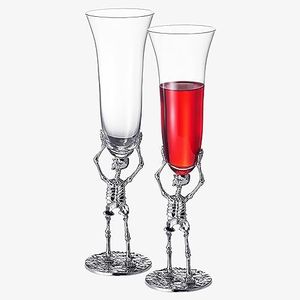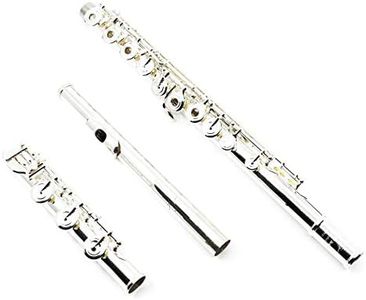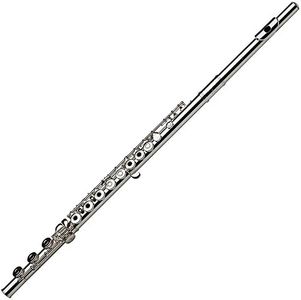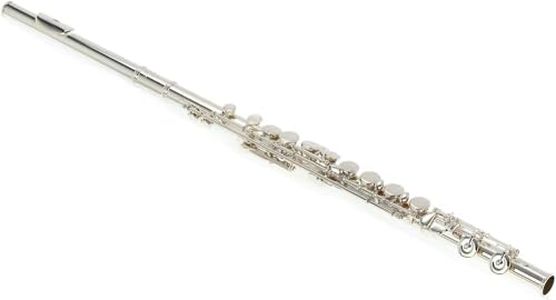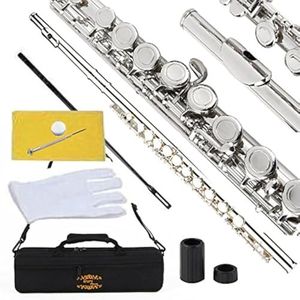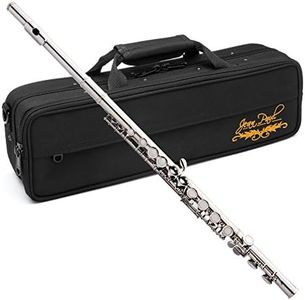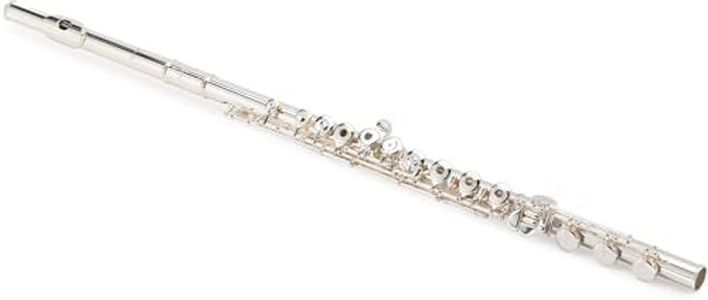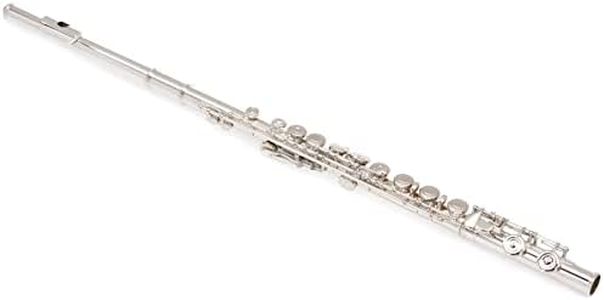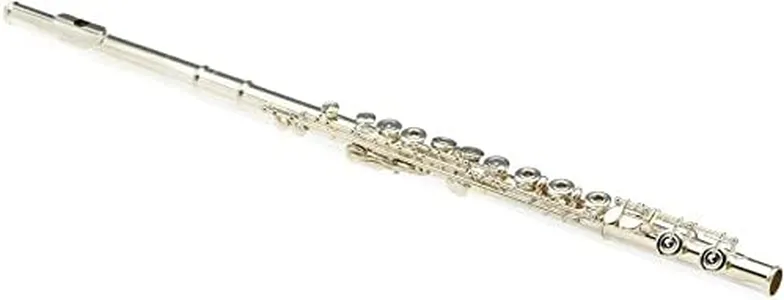10 Best Flutes 2025 in the United States
Our technology thoroughly searches through the online shopping world, reviewing hundreds of sites. We then process and analyze this information, updating in real-time to bring you the latest top-rated products. This way, you always get the best and most current options available.

Our Top Picks
Winner
Yamaha YFL-382H Intermediate Flute with Inline G and Gold-plated Lip Plate
The Yamaha YFL-382H Intermediate Flute is designed for advancing players looking for a quality instrument with some professional features. One of its standout features is the combination of a nickel silver body and a sterling silver headjoint. This blend offers durability while enhancing sound quality, making it a good choice for intermediate musicians aiming for a richer tone. The gold-plated lip plate adds a touch of luxury and can provide a warmer, more comfortable playing experience.
The inline key system might appeal to those who prefer a more traditional hand positioning, although some players may find the inline G less ergonomic compared to an offset G, especially during lengthy practice sessions. The flute also features a modern style and silver-plated keys, which are visually appealing while maintaining the instrument's quality. However, it is worth noting that some players might prefer a fully sterling silver body for an even richer sound.
Additionally, the flute's footjoint is made from nickel silver, which ensures robustness but may not offer the same tonal depth as a sterling silver footjoint. The Yamaha YFL-382H is a reliable and well-crafted instrument, making it a strong contender for intermediate flutists who value both sound quality and durability. It's essential to consider personal preferences regarding the inline G key and the mix of materials used in the flute's construction.
Yamaha YFL-362H Intermediate Flute
Most important from
12 reviews
The Yamaha YFL-362H Intermediate Flute is designed for musicians progressing from beginner to intermediate levels. This flute features a nickel silver body and footjoint, providing durability and a bright tone. One of its standout features is the sterling silver headjoint and lip plate, which contribute to a richer sound quality and better projection, making it suitable for concert settings.
The offset G key system is ergonomically designed, making it easier for players, especially those with smaller hands, to play comfortably for extended periods. Silver-plated keys add to the aesthetic appeal and provide a smooth playing experience. The inclusion of a carrying bag adds convenience for transportation and storage.
However, the flute's modern style and the combination of materials might not appeal to those looking for a more traditional or entirely sterling silver instrument. At 1.95 pounds, the flute is relatively lightweight, which is an advantage for younger players. This flute seems well-suited for intermediate players seeking quality and playability without jumping into professional-level pricing.
Most important from
12 reviews
Pearl 765RBE1RB Quantz Series Flute
Most important from
2 reviews
The Pearl 765RBE1RB Quantz Series flute is a metal instrument with a silver finish, offering a classic look and durability. It features a B-footjoint that extends the range of notes, a valuable addition for advancing players. The flute includes a split E mechanism designed to help produce clearer, easier high E notes, making it more comfortable for beginners or intermediate players working on technique.
It comes with a French style case, providing decent protection for travel or storage. The product is made in Taiwan, reflecting reliable manufacturing standards, and weighs about 4 pounds, which is manageable for most players.
This model suits students moving beyond entry-level instruments who want a dependable flute with helpful features like the split E mechanism and extended footjoint. Players seeking specific key mechanism configurations should confirm those details before purchasing.
